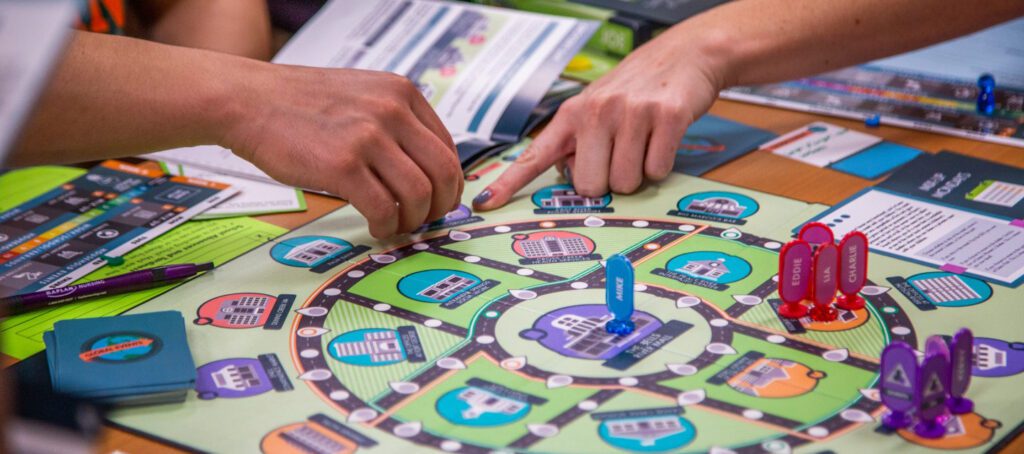Simulation games have evolved significantly since the 1950s, with improvements in computer technology and graphics leading to the creation of sophisticated virtual worlds. The early text-based days gave way to more advanced games in the 1980s, including flight simulators and business and city-building games. The 1990s saw a significant shift with the rise of 3D graphics and open-world games such as SimCity 2000 and Grand Theft Auto. Today, the era of social gaming and advances in virtual and augmented reality technology have ushered in a new era of immersive and engaging simulations.
Exploring the History and Evolution of Simulation Games
Simulation games have come a long way since the early days of computer programming. From simple lines of code to complex virtual worlds, these games simulate real-life scenarios and allow players to experience them firsthand. In this article, we’ll take a closer look at the history and evolution of simulation games, from their inception to the present day.
The Inception of Simulation Games
The earliest simulation games can be traced back to the emergence of mainframe computer systems in the 1950s and 1960s. These games were often text-based and required the user to input commands via a keyboard. Despite their limited graphics and user interface, these games were popular due to their novelty and the interactivity they offered.
One of the earliest and most well-known simulation games is SpaceWar!, a game developed in 1962 on the PDP-1 mainframe computer. The game simulated the experience of piloting a spaceship in a two-dimensional environment, and it was one of the first games to allow multiple players to participate simultaneously.
The Golden Age of Simulation Games
The 1980s saw a blossoming of simulation games, as advances in computer technology made it possible to create more sophisticated graphics and user interfaces. These games encompassed a wide variety of genres, from flight simulators to business and city-building games.
The flight simulator genre was particularly popular during this era, with games such as Microsoft Flight Simulator and Falcon setting the standard for realistic flight simulation. These games were used both for entertainment and for training purposes, as they allowed pilots and aspiring pilots to practice their skills in a safe and controlled environment.
Beyond flight simulation, another popular genre of simulation games during this time was the business simulation game. Games such as M.U.L.E. and Railroad Tycoon allowed players to manage their own virtual businesses, making decisions about everything from inventory to marketing to financial investments.
The Rise of 3D Graphics and Open-World Games
The 1990s brought about a significant shift in the world of simulation games, as advances in 3D graphics technology made it possible to create more immersive and realistic virtual environments. Games such as SimCity 2000 and RollerCoaster Tycoon took advantage of these advancements, allowing players to build and manage their own virtual cities and amusement parks, respectively.
Another significant development during this era was the rise of open-world games, which gave players the freedom to explore expansive virtual worlds and interact with a wide variety of characters and environments. Games such as Grand Theft Auto and The Sims set the standard for this genre, allowing players to create and explore their own unique virtual worlds.
The Modern Era of Simulation Games
In recent years, simulation games have continued to evolve and expand, with the rise of multiplayer and online gaming leading to a new era of social simulation games. Games such as Second Life and Minecraft allow players to interact with one another in massive, open-ended virtual worlds, fostering creativity and collaboration in ways never before possible.
Additionally, advances in virtual and augmented reality technology have made it possible to create even more immersive and realistic simulations. Games such as Job Simulator and Vacation Simulator use these technologies to create unique and engaging experiences that blur the lines between reality and virtual reality.
Conclusion
The history and evolution of simulation games is a testament to the creativity and innovation of game developers and the endless possibilities of technology. Whether it’s simulating the experience of flying a plane or managing a virtual city, these games offer a unique and engaging way to experience and interact with the world around us.
